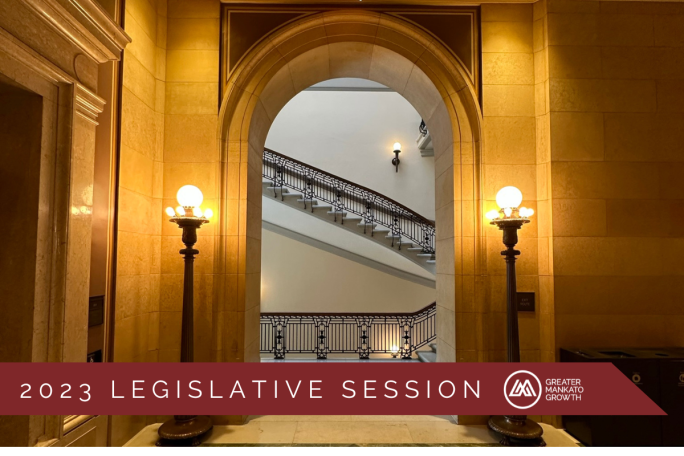One of the bills that has been getting significant attention this year at the Capitol is paid family and medical leave. What is this proposal? It would create a new, mandatory 24 week paid leave program for ALL Minnesota employers and employees. The program, as currently presented, would begin taking effect in 2025, with implementation starting yet this year.
What’s in the proposal?
Employers will be charged a 0.7% payroll tax to fund the program. There is no cap on the payroll tax, meaning if costs for the program exceed the amount collected, the state will raise the tax. Employers may “charge back” employees for up to 50% of the payroll tax, but must do so under proportion, contract, or wage requirements.
- Every employer, large and small, public and private, is mandated to participate. “Covered Employment” can include extraterritorial employment outside the state of Minnesota so long as some work is performed in Minnesota and the employer is a Minnesota employer.
- Two main types of leave are required to be available:
- Paid Medical Leave – up to 12 weeks of paid leave for serious health condition or pregnancy.
- Paid Family Leave – up to 12 weeks of paid leave to care for a newborn, adopted, or foster child; safety leave; or leave to care for a family member who has a serious health condition.
- The leave can be stacked together for a total of 24 weeks. An additional up-to-12 weeks is available for a military exigency. This is in addition to existing unpaid federal Family and Medical Leave Act requirements in some instances. This is also in addition to Sick and Safe Time ordinances enacted in Minneapolis, St. Paul, Bloomington, and Duluth. The state is also pursuing an up-to-80 hours paid sick and safe time mandate in SF 34 (Sen. Pappas) and HF 19 (Rep. L. Olson).
- Employees will be paid a partial wage replacement based on their income on a progressive scale. For lower income workers, the wage replacement rate will be starting at 90%.
- Employees have reinstatement rights, meaning their jobs must be held for them upon their return from leave.
- Employers may opt out of the mandate if they provide a leave program at least as generous as the state required mandate. Employers must submit their plans to the state for approval for opting out. Employers who opt out will be assessed a fee.
- Employees are eligible 90 days after they are hired.
If enacted, Minnesota would have the most expansive and expensive mandates in terms of eligibility, qualifying events, benefits, and employer obligation.
The state would create a new department with more than 300 new FTEs to run the program with total cost of more than $1 billion.
Property owners could also see additional property tax obligations. Public employers like cities and counties will also be responsible for the 0.7% payroll tax. This will likely result in those units of government increasing their property tax levies to cover the additional expense.
Additional Information
Click here for fast facts on this bill. Click here to see a video from our friends at the Minnesota Chamber of Commerce and the Chamber Coalition of Dakota County.
What’s Next?
GMG staff and GMG Advocacy Committee are watching this legislation closely, meeting with legislators to share how this proposal could impact businesses. This legislation will follow a long winding road through a number of committees in both the House and the Senate. This legislation is likely to pass, but there will definitely be opportunities to improve the bill to balance all the competing interests on this issue.

Advocating for You
If you have questions about this issues or would like to be involved with the GMG Advocacy Committee, please reach out to Andy Wilke, Executive Vice President of Greater Mankato Growth.





